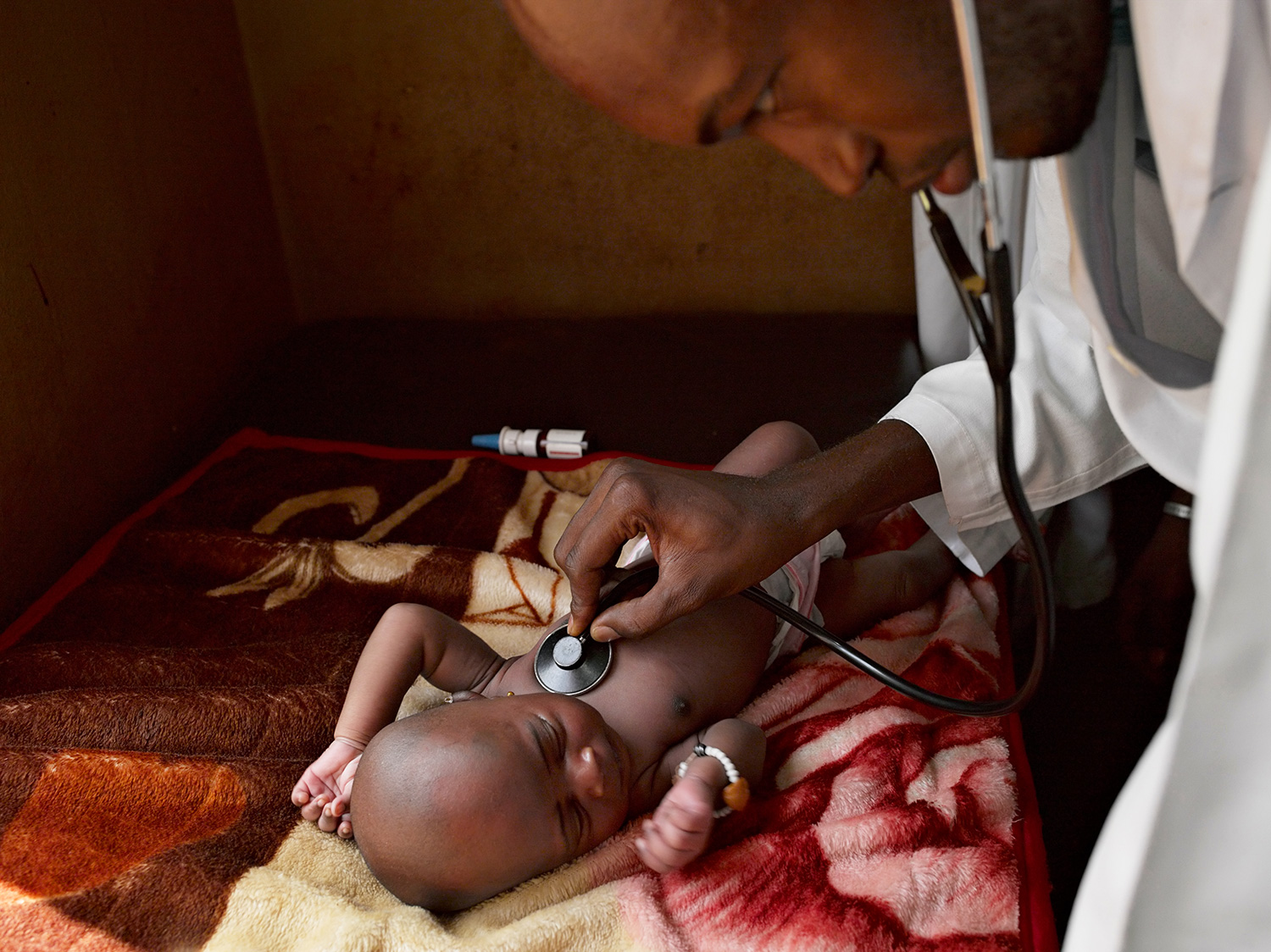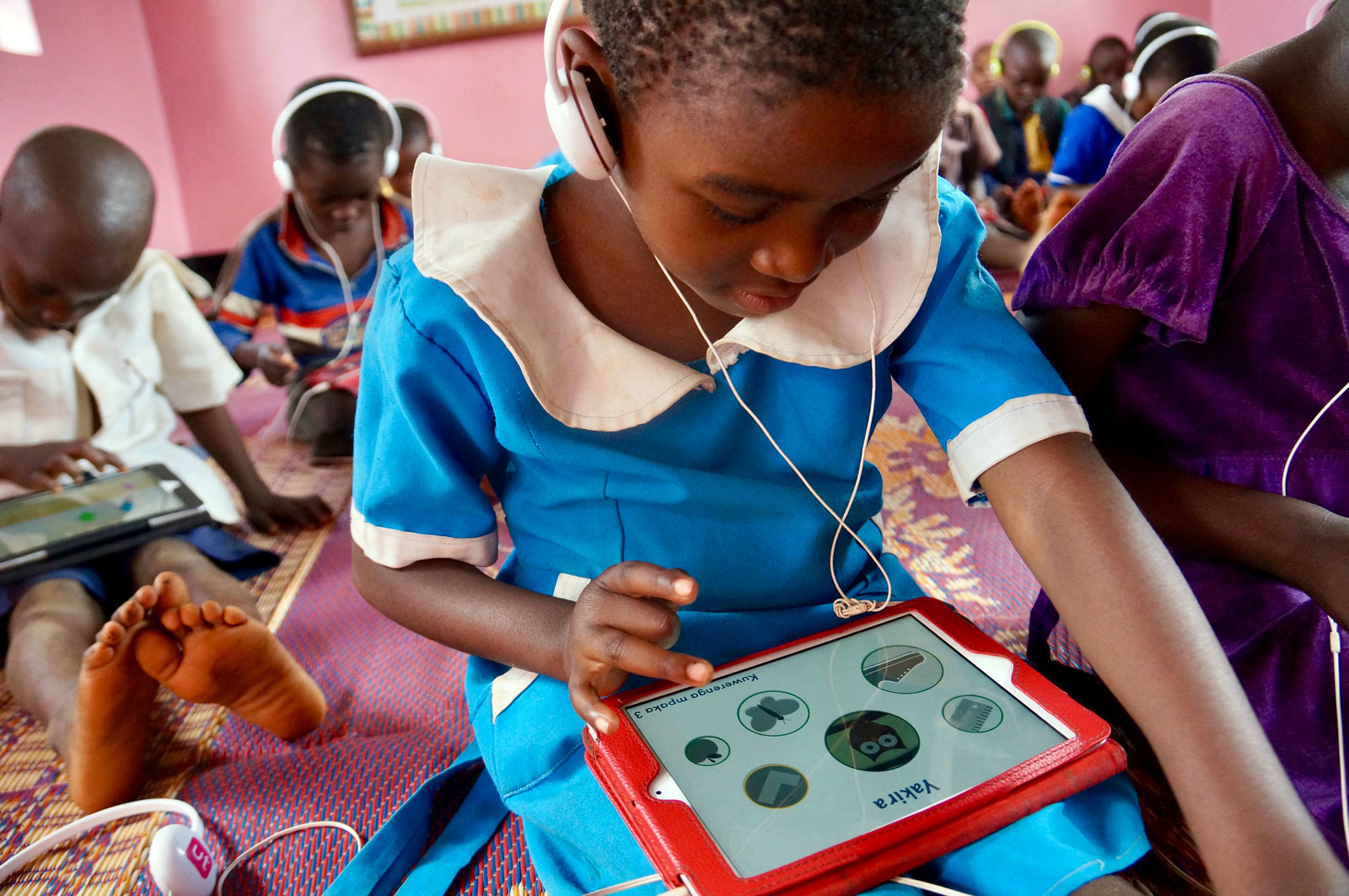There is a close link between the human capital of a country and its economic success. The healthier and better educated a nation is, the better placed its workforce will be to improve both their own financial situation and that of their country. And the wealthier the country, the more funds it has available to invest in improved health and education. This virtuous circle works in reverse too. Citizens in poorer countries, where health and education services are struggling, are unlikely to be healthy or well educated enough to be ready to improve the financial situation of their country.
This issue of human capital has long motivated governments, policymakers and donors to invest in health and education, but change is often frustratingly slow. And this slowness is one of the reasons why there is so much hype around technology. Everyone’s looking for a quick fix, the tech silver bullet with the potential to revolutionize health and education.
Except it’s not quite as easy as that. A new report from the Pathways for Prosperity Commission on Technology and Inclusive Development, which is based at Oxford University’s Blavatnik School of Government and co-chaired by Strive Masiyiwa, finds that many interventions have been ineffective beyond the initial pilot. This is usually due to policymakers adopting a piecemeal approach, which fails to consider the wider system in which the technology is being used. Handing out laptops to schoolchildren or tablets to health workers for data collection will have no effect unless those devices are plugged into wider health and education systems. Technological interventions, implemented without proper consideration of the operating environment will be little more than a costly way to exacerbate existing failings in health and education systems and widen the gap between those benefiting from the tech revolution and those who are left behind.

But when technology is deployed thoughtfully and judicially, positive disruption on a large scale is entirely possible. As the Pathways report finds, technology really does have the potential to be a force for positive disruption towards more effective, efficient and equitable systems. But, far from being a quick fix, the key to success is that it is employed through a process of looking at entire health and education systems and intervening at strategic points, whether this is at the point of delivery or further up the chain. Already there are examples of success in Africa, which, if brought to scale, could be truly game-changing.
In Mali, a non-governmental organisation called Muso Health contributed to a ten-fold decline in child mortality. To scale up this astonishing impact, the agency is using simple technology including smartphones and apps, to track women who might be at high risk of dying in pregnancy and to monitor children affected by malaria and other treatable illnesses. Real-time data in the hands of community health workers enables them to better monitor patients in their homes and to track their own efficiency. The result has been a 10% increase in the number of houses visited per month.

In Uganda, the web-based application Mobile VRS has helped increase birth registration rates from 28% to 70% across the country using mobile phones. This data enables decision-makers to track health outcomes and improve access to services for these children.
Kenya is showing global leadership – along with India – on ed-tech. Here, school children’s academic performance has lagged more than 2 years behind their actual grade. But, Tusome, a digitally-enabled literacy programme introduced by the Kenyan Ministry of Education, is now boosting outcomes, such that, if scaled, the country’s learning gap could be closed. The programme includes digitized teaching materials and teacher feedback mechanisms, sensibly combined with effective non-tech means of boosting children’s learning.

These interventions have succeeded because they focused, not just on hardware, but on the content, data sharing, and system-wide connections enabled by the technology they deploy, based on a deep understanding of what goes right and wrong at present in the system. And initiatives like this hold huge potential if they were scaled up across the continent. In sub-Saharan Africa, children spend approximately eight and a half years in the classroom but only effectively receive around four and a half years of learning. If Tusome’s success in promoting literacy in Kenya was rolled out across the continent, it could mean that millions of children are no longer left behind.
But however judiciously programmes are implemented, they can only be successful if the right digital infrastructure is in place. This means access to electricity at a minimum and a connection to the internet. Practitioners will need to have basic digital skills, and clear rules for data governance and privacy will be essential. New regulations, protocols and rules will need to be established to guard against privacy violations, data misuse and algorithmic bias.
But for countries that put this digital infrastructure in place, the possibilities are huge, potentially transforming the way clinics and classrooms operate in the future to minimise inequalities in health and education. Problems of poorly trained health workers and teachers could be overcome through technology bringing expertise into classrooms and hospitals via phone and video links and virtual reality. This could allow practitioners to concentrate more on people skills, while simultaneously learning from the technology itself.
Providing deliberate efforts are made to build solutions focused on those who are typically under-served, health and education will be able to reach those for whom the system is currently failing. Technology will allow teaching and healthcare to be adapted to the needs of all pupils and patients, including the poorest and most left behind. And data capture will ensure that practitioners are able to identify those most in need. Most importantly, health and education services will be constantly learning and improving thanks to data-led feedback loops.
We’re at a crossroads in history in which a new wave of technology has the potential to radically reduce the costs of production, trade and innovation in a way that could drive the next phase of economic progress in developing countries. But these benefits will only be realised for countries with healthy, well-educated workforces. And that is why it is vital that policymakers make the right decisions now when investing in education and health technology, to ensure that the benefits really are felt by all.
About the Author:
Stefan Dercon is the co-academic director of the Pathways for Prosperity Commission on Technology and Inclusive Development. He is Professor of Economic Policy at the Blavatnik School of Government and the Economics Department and Director of the Centre for the Study of African Economies.


